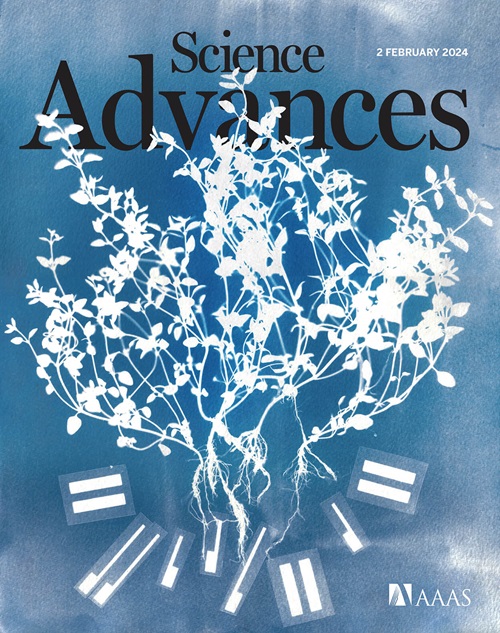A memristor-based unified PUF and TRNG chip with a concealable ability for advanced edge security
IF 11.7
1区 综合性期刊
Q1 MULTIDISCIPLINARY SCIENCES
引用次数: 0
Abstract
Security primitives ensure Internet of Things (IoT) security by generating stable keys from physically unclonable functions (PUFs) and unpredictable bitstreams from true random number generators (TRNGs). Considering the restricted resources on IoT motes, a promising design trend is to unify PUF and TRNG by sharing the same entropy source and multiplexing entropy extractor. Here, we report a unified PUF and TRNG chip based on a 28-nanometer embedded memristor with concealable ability. We use the memristor intrinsic FORMING condition variation and read current variation as entropy sources and design a compact on-chip entropy extractor that achieves a high throughput of 41.7 megabits per second with minimal area overhead of 0.291 MF2. To prevent PUF data leakage, we developed a concealment method, protecting data when idle and enabling recovery upon demand. Comprehensive testing shows the chip has excellent performance in randomness, reliability, lifetime, and stability, achieving a 3.82-fold throughput improvement over complementary metal-oxide semiconductor–based designs in authentication tasks.

求助全文
约1分钟内获得全文
求助全文
来源期刊

Science Advances
综合性期刊-综合性期刊
CiteScore
21.40
自引率
1.50%
发文量
1937
审稿时长
29 weeks
期刊介绍:
Science Advances, an open-access journal by AAAS, publishes impactful research in diverse scientific areas. It aims for fair, fast, and expert peer review, providing freely accessible research to readers. Led by distinguished scientists, the journal supports AAAS's mission by extending Science magazine's capacity to identify and promote significant advances. Evolving digital publishing technologies play a crucial role in advancing AAAS's global mission for science communication and benefitting humankind.
 求助内容:
求助内容: 应助结果提醒方式:
应助结果提醒方式:


